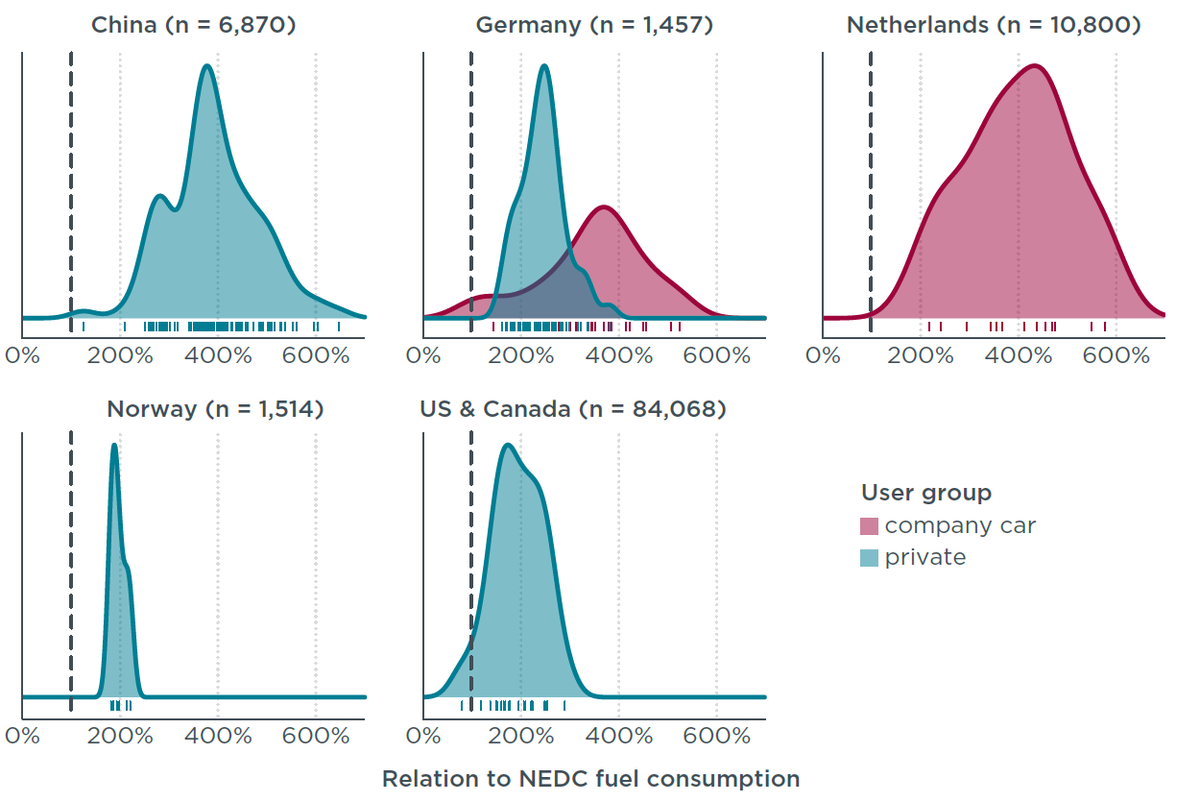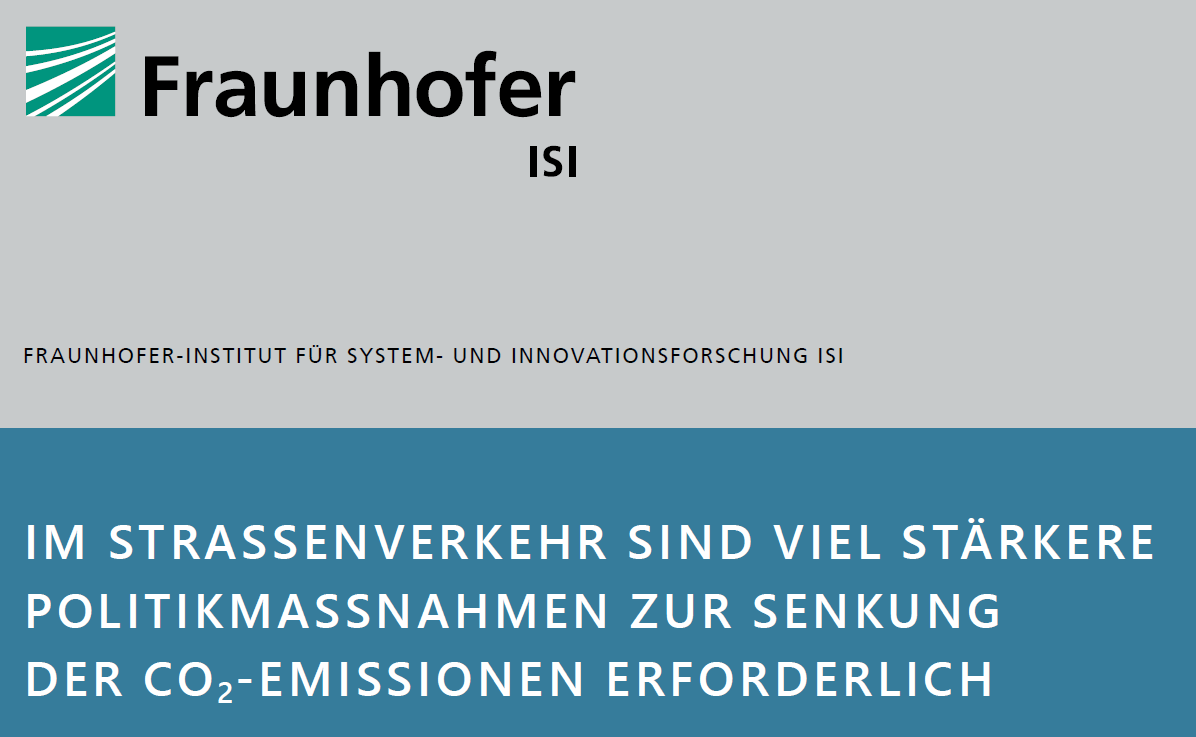Our new study on plug-in hybrid #ElectricVehicle usage is out now (@TheICCT & @FraunhoferISI)! Data from over 100,000 PHEV from China, Europe, & the US. Key results:
1. fuel consumption and co2 emissions two to four times higher than test cycle
1. fuel consumption and co2 emissions two to four times higher than test cycle

2. Real world share of electric driving (utility factor UF) is only half the value from test cycles: 

3. PHEVs are not charged every day.
4. PHEVs show high annual mileage and many long-distance trips.
5. PHEVs electrify many kilometers per year.
6. Lower combustion engine power and higher range reduce fuel consumption & CO2 emissions.
Full study: theicct.org/publications/p…
4. PHEVs show high annual mileage and many long-distance trips.
5. PHEVs electrify many kilometers per year.
6. Lower combustion engine power and higher range reduce fuel consumption & CO2 emissions.
Full study: theicct.org/publications/p…
• • •
Missing some Tweet in this thread? You can try to
force a refresh









